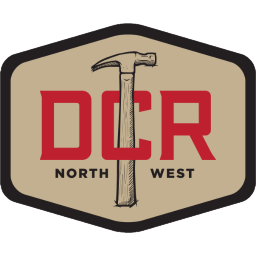Maximize Home Value and ROI with a Whole-Home Remodel in Central Oregon: Kitchen, Bathroom, and Addition Tips
Considering a whole-home remodel in Central Oregon? This guide breaks down costs, high-ROI upgrades, and smart renovation strategies—like kitchen and bath updates, curb appeal, and ADU additions—to help you boost home value, avoid common pitfalls, and navigate local permitting with confidence.
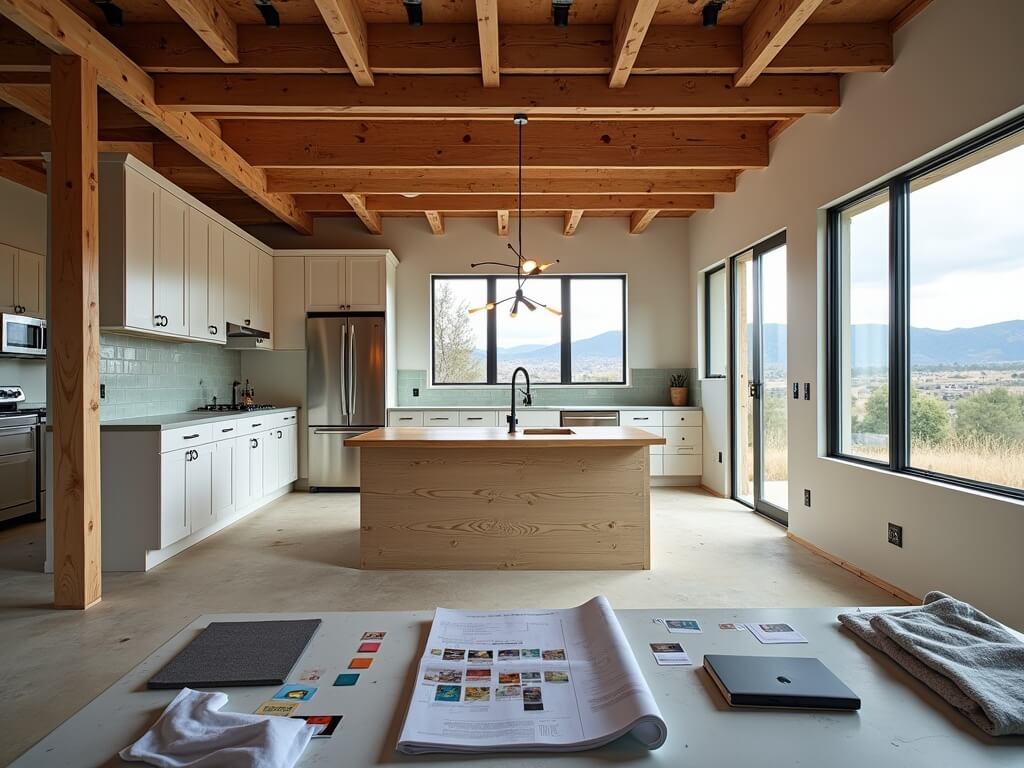
If you’re eyeballing a whole-home remodel in Central Oregon, you're not alone.
People from all over are moving into towns like Bend, Sisters, and Redmond—and the competition is fierce.
Whether you’re upgrading your own space or setting up for a profitable sale down the line, the ROI (return on investment) from a well-executed remodel can be massive... if you play your cards right.
What Exactly Does a Whole-Home Remodel Include (and What Does It Cost)?
A whole-home remodel usually means touching most or all areas of the house—kitchen, bathrooms, layout, insulation, electrical, HVAC, maybe even an addition like a family room or ADU guest unit. If you're gutting it to the studs or changing the floorplan, that qualifies.
Here in Central Oregon, remodels are booming—but so are costs.
Here’s what homeowners are typically spending in 2025:
- Entry-level cosmetic renovation: $30K–$40K
- Mid-tier upgrades (kitchen, townhouse-style layout changes): $50K–$100K
- High-end or major structural overhaul: $100K–$200K+
And per square foot?
- $15–$60 for standard touch-ups (paint, flooring, light fixtures)
- $60–$150 for full gut remodels
- $100–$250+ for specialized spaces (like kitchens or bathrooms with tile, electrical, and plumbing changes)
I talked to a couple last year who had just moved to Bend and bought a fixer-upper. They expected to spend around $80K—final tab hit $112K once they uncovered old knob-and-tube wiring and a failing subfloor. Central Oregon homes often come with surprises, especially if they’re pre-1980s builds. Always budget 10–15% extra.
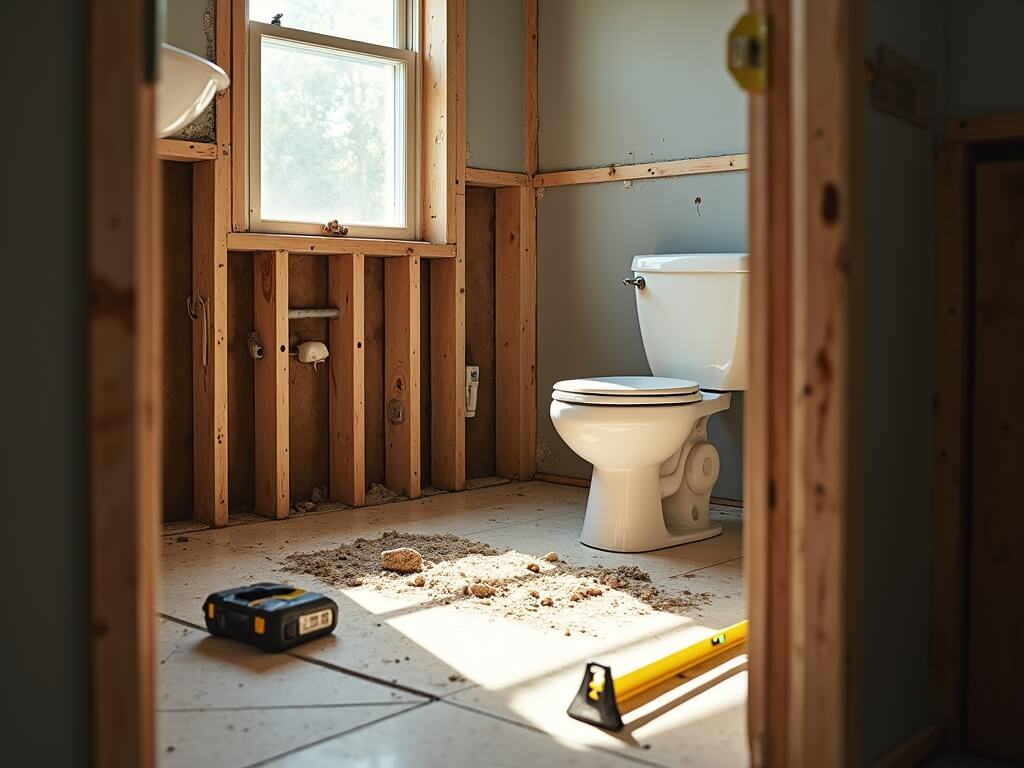
Key Cost Drivers You Need to Plan For
Whether you’re tackling one room at a time or going full-scale, these four things dramatically swing the price:
- Size of your home (and which rooms are getting done)
- How much structural work or layout change is involved
- Local labor and materials (inflation and supply chain still affecting 2025 pricing)
- Professional and permit fees—Central Oregon’s code is strict, and permits are not optional
Quick Tip: If you're working with a design-build team (like we offer at https://www.dcrnorthwest.com/service/full-home-reno), your design choices, zoning needs, and permit strategy are all handled under one roof. That can save you six weeks of planning time.
Bottom line: Get the full picture of expenses early. That avoids scope creep and stops costly surprises from tanking your budget.
Key takeaway: A whole-home remodel touches every system and surface—and Central Oregon costs run higher than average. Expect $100K+ if you’re doing serious upgrades.
Home Value Increase After a Remodel: What’s Really Worth It?
Now for the big question—how much value are you actually adding with a remodel?
In 2024, the average ROI nationally for major home improvements sat around 75%. That’s up significantly from previous years, which hovered closer to 60–63%.
What does that mean locally?
In Central Oregon—including Bend, where the market is competitive—updated homes consistently sell faster and often above comparable properties. Buyers expect move-in ready. If your house needs “vision,” they’ll expect a lower price (or skip it altogether).
Top features that drive up value and ROI:
- Updated kitchens and bathrooms
- Flexible/open layouts (think open kitchen-living areas or bonus office space)
- High-demand additions like primary suites or ADUs
- Great curb appeal (landscaping, siding, visible modern upgrades)
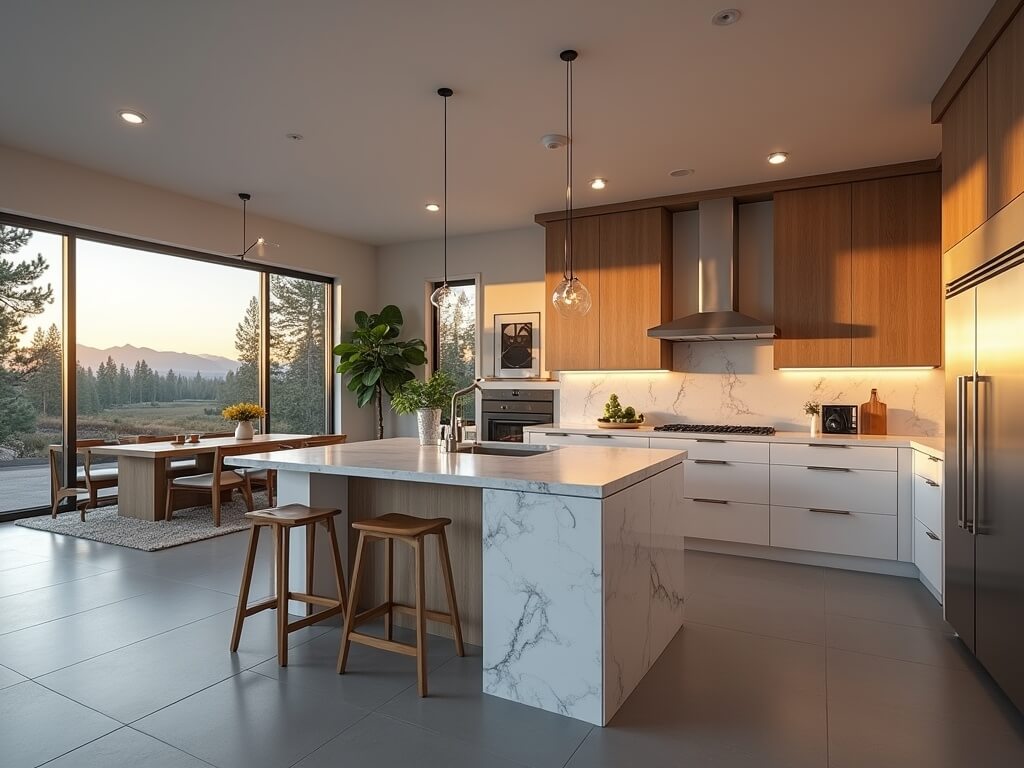
The value added is real—but it’s not just about spending money. It’s spending in the right places.
My neighbor remodeled their 1990s kitchen last year and spent nearly $70K.
Smart move: they went for quartz counters, white oak cabinets, and improved pantry storage.
Not-so-smart move: black-and-gold hex tile backsplash with LED lighting synced to a phone app. Buyers didn’t love it. It looked pretty, but screamed “too custom.” They still saw a good bump in value, but not as much as they would have with a simpler, more universal design.
Key takeaway: You don’t have to go high-end everywhere. Focus on finishing updates well, using timeless designs buyers expect in Central Oregon.
Room-by-Room Breakdown: Where the ROI Really Lives
If you're tight on budget or want to phase your remodel project, target the spaces with the best return.
Highest-ROI home remodel areas:
- Kitchen (mid-range): 50–70% ROI locally
- Minor bathroom remodel: up to 91% ROI in the Pacific region
- Exterior improvements (garage doors, siding, landscaping): up to 100% ROI in some cases
- Primary suite additions: up to 70% ROI, plus added daily comfort
- ADUs and DADUs: huge functional/rental upside, strong ROI in urban boundaries
Kitchen: Top ROI Drivers
Want the best return on your kitchen remodel?
Prioritize:
- Quartz or solid-surface countertops
- Clean, soft-close cabinetry
- Functional lighting layout
- Updated appliances (especially EnergyStar-rated models)
Stay away from:
- Layouts that reduce counter space
- Over-customized finishes
- Low-end materials that wear fast (laminate, peel-and-stick tile)
Quick stat: Nationally, minor kitchen remodels (around $30K) actually outperform upscale “chef kitchens” in recouped value. More doesn’t always mean more ROI.
Bathrooms: Lean Into Accessibility and Style
In today's market, bathrooms are a deal breaker.
Features that earn top dollar:
- Walk-in showers with frameless glass
- Double vanities
- Water-efficient toilets and fixtures
- Smart mirrors or lighting controls
If you're adding a bathroom where one doesn’t currently exist—especially to boost a 2-bath to a 3-bath home—you can see serious ROI. Bend buyers love the idea of private en-suites and guest-friendly layouts.
Home Additions: Get Them Right and ROI Can Soar
Room additions or ADUs can feel expensive—but the right kind of space adds both function and value.
Best performing additions:
- Primary suite or extended master
- Family room or open-concept great room
- ADU garage conversions for guests or rentals
Depending on size and complexity, additions here in Central Oregon average $50K to $100K. If the space meets local buyer needs, you could see 60%+ ROI.
One of our clients in Sisters added a 450-square-foot ADU above their garage as a private home office plus guest suite. It cost around $68K, but with the local rental demand, they now earn $1,200 per month on Airbnb when not using it—and their appraisal jumped by $45K.
Value twist: Not all additions are created equal. Add square footage for the sake of resale value—not just personal vision. It has to fit market demand.
Key takeaway: Kitchens and baths sell homes. Additions boost function and long-term appeal—but only if they’re done right and match what buyers are looking for.
Your Remodel Strategy Has to Match the Central Oregon Market
So far we've covered scope, pricing, and ROI-driven remodel tips.
Next up: what it takes to execute your project intelligently in Central Oregon—from permits to timelines to navigating Bend’s unique construction landscape... Explore more on Central Oregon home renovation strategy.
Permits, Plans, and Pitfalls: What You Need to Know Before Starting
A remodel in Central Oregon isn’t just about vision and budget—it’s about playing by the rules.
Yes, you'll need permits. And yes, the process can slow you down if you’re not prepared.
In Bend, Redmond, and Sisters, virtually all work that involves structural, plumbing, or electrical changes requires city or county permitting. Skip it, and you’re risking project delays, fines—or worse, problems when it’s time to sell.
Here’s the quick breakdown:
- Structural changes? You’ll likely need engineered plans and a permit.
- Electrical or plumbing work? Inspections are mandatory.
- Anything that touches exterior walls, foundation, or rooflines? Definitely permitted.
Pro tip: Work with a design-build team who’s handled dozens (if not hundreds) of Central Oregon remodel permits. We’ve seen DIYers try to cut corners; it almost always backfires and becomes more expensive later.
What kind of timeline should you expect?
Start to finish, plan on anywhere from 3 to 6 months for a full-home remodel. Some finish faster, but rarely without hitting a few speed bumps.
And here’s the kicker—Central Oregon’s construction schedule is jammed. Between labor shortages and material waitlists, even something small can snowball.
In 2023, a client in Sisters waited six weeks just for a specific kitchen window unit—and it delayed the entire cabinet installation. That’s why we always recommend building 15–20% contingency time into the initial schedule.
Key takeaway: Permits matter. So does proper sequencing and planning. Starting without either is asking for a money pit.
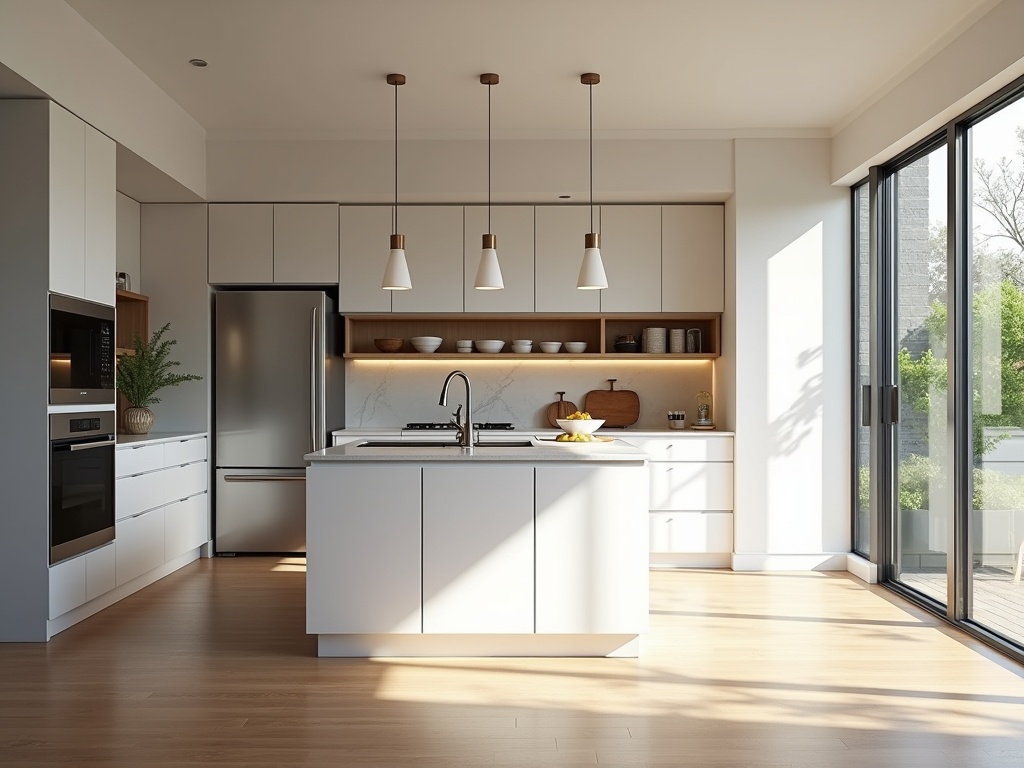
The Three Smartest Remodel Priorities (If You Only Do a Few Things)
If you're not ready to tear down every wall—and let’s be real, plenty of folks aren’t—you can still boost home value with strategic updates.
Based on hundreds of projects we’ve completed and what buyers consistently ask for, here are the top three remodel zones where your dollars do the most:
1. Kitchens That Cook Up Resale Value
- Focus on clean layouts and modern finishes
- Upgrade to energy-efficient appliances
- Add task lighting and functional islands
Explore our kitchen remodeling services to learn more.
2. Bathrooms That Actually Matter
- Walk-in showers convert faster than dated tubs
- Add double vanities where space allows—buyers love them
- Use timeless materials like porcelain tile and quartz countertops
- Don’t overlook lighting and ventilation; both can make or break the space
Bathrooms are one of the first rooms buyers (and guests) notice, and a clean, well-planned layout gives a strong first impression. Whether you’re adding a spa-like primary suite or just updating a hall bath, the goal is the same: create a space that feels fresh, functional, and low-maintenance.
See examples of our bathroom remodels to spark ideas
3. Function & Flow That Fits Modern Living
- Open key sightlines between kitchen, dining, and living space
- Consider converting unused formal rooms into offices or play space
- Add built-ins or smart storage to reduce clutter
- Improve natural light—swap a small window for sliders or a picture window
Even minor layout tweaks can transform how your home feels. A better flow between rooms makes daily life easier, creates stronger visual connections, and helps your home “live larger” without adding square footage.
Ready to see how smart design can make your home more livable—and more valuable?
Contact DCR Northwest to schedule a consultation.

